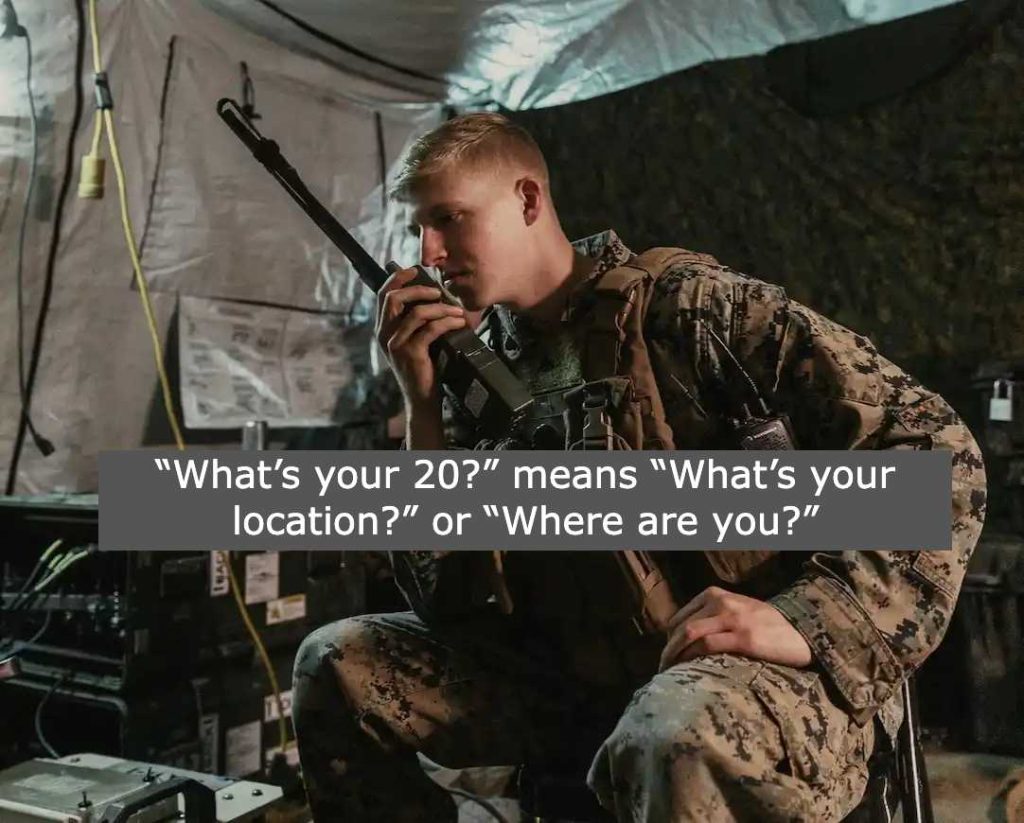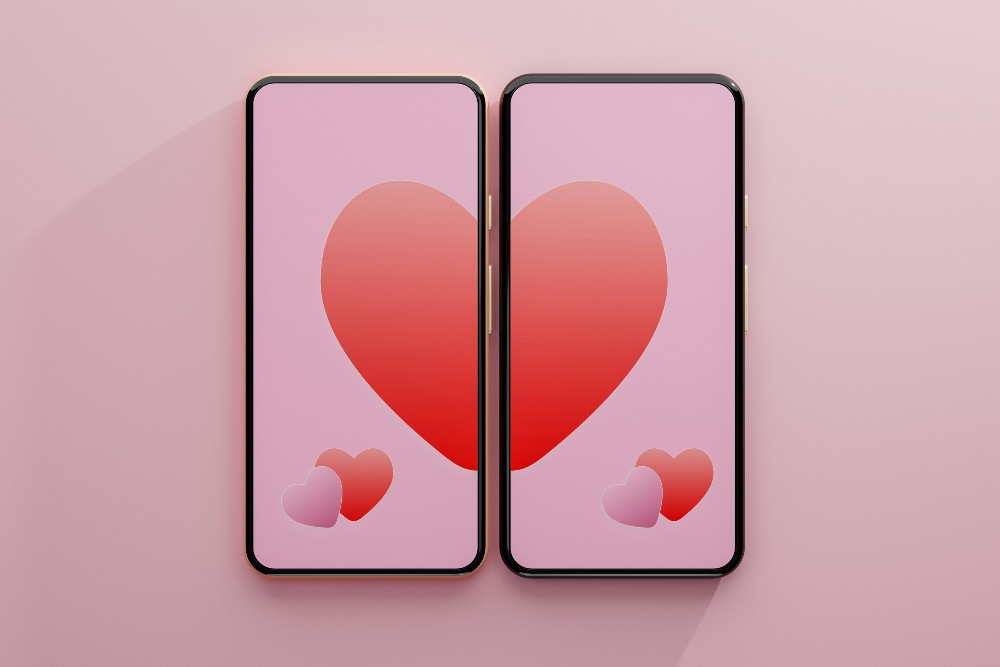Very simply, “What’s your 20?” means “What’s your location?” or “Where are you?” For example, if you’re waiting for a friend to arrive for a vacation and they are running late, you might text or call them and ask, “What’s your 20?” Assuming they understand you, they would respond with their location.
If you’re wondering why people use it instead of just asking you where you are, you’ll have to ask them! In my opinion, people think it sounds cool or they like it because they think not everyone will understand. It does sound kinda cool, even if it is a whole syllable longer than just asking, “Where are you?”.
“What’s Your 20” History
The story of where this question comes from is quite an interesting one if you enjoy the history of technology. Radios have been used by the military, the police, and emergency services for close on 100 years now, and to this day, they remain the first line of communication for police officers.
However, radio has changed a lot in 100 years, and the way we use them has also evolved.
Early Radio
In the early days of radio communication in 1930s America, an expert in the Illinois State Police Department, Charles Hopper, designed a code system that would make communication over the radio quicker, easier to hear, and harder for outsiders to decipher.
Radio was far from perfect back then, and interference could cause a lot to be lost or misunderstood.
Hopper’s system was simply a series of numbers with meanings attached to them, starting from the number one and ending with 99. As is still the case today, the number 20 was for location. The code worked fairly well, but there was a small issue that needed to be resolved.
Back then, radios had a small motor to power them called a dynamotor. This little generator took a fraction of a second to start up, meaning that the first part of what someone said in a radio communication was often cut off.
At first, the police department tried training their officers to always take a short pause before speaking, but this was too often forgotten or overlooked. Eventually, the solution was found – instead of just saying the original code number, they would put the number 10 in front of it.
This gave the dynamotor the split-second it needed to properly spin up, and by the time the officer said the actual code number, the signal could go through.
The Ten Code
And so the Ten Code was born. Also commonly written as the 10-code, this was a series of numbers, preceded by a 10, each with its own specific meaning. Some of these are still commonly used today, both by CB (citizens band) radio users and in TV shows, so you might recognize one or two.
Our phrase would originally have been, “What’s your 10-20?”, and another well-known example is the TV favorite, “10-4,” which means “message received” or “acknowledged.”
Modern Use
Over time, despite the 10-code starting out as a private police code, the secret got out and people started to hear and become familiar with the numbers.
They started to appear in TV shows in the 1970s, and not long after that, CB radio fans and people who spent large amounts of time in their vehicles, like truckers and emergency workers, started to adopt the code and use it for themselves.
Many of the numbers were changed to suit specific industries or groups of people, and there are now a few different versions of the code in existence.
Over time, once radio had lost its split-second delay, the “10” part fell back out of use with many of the numbers, resulting in our saying of the day, “What’s your 20?”
Interestingly, because there are so many different versions in use today, and because each city has its own unique set of problems, the Federal Government decided to do away with the 10-code for police work in 2006, and it is mainly CB users who still use it today.
Conclusion
“What’s your 20?” just means “Where are you?” or “What’s your location?” It has evolved over time from the 1930s 10-code, which was used to keep police radio communications quick, clear, and private from that time until they were discontinued for police work in 2006.
The 10-code was developed when radio was still new and far from perfect. Back then, the power system took a brief moment to spool up, and the first syllable someone spoke was often lost.
The “10” was added before the code number to give the radio motor a split second to power up and prevent errors in communication.
Various versions of the 10-code are still used today among CB radio enthusiasts and truckers, and “What’s your 20?” will remain a popular way to ask for someone’s location for many years to come.





